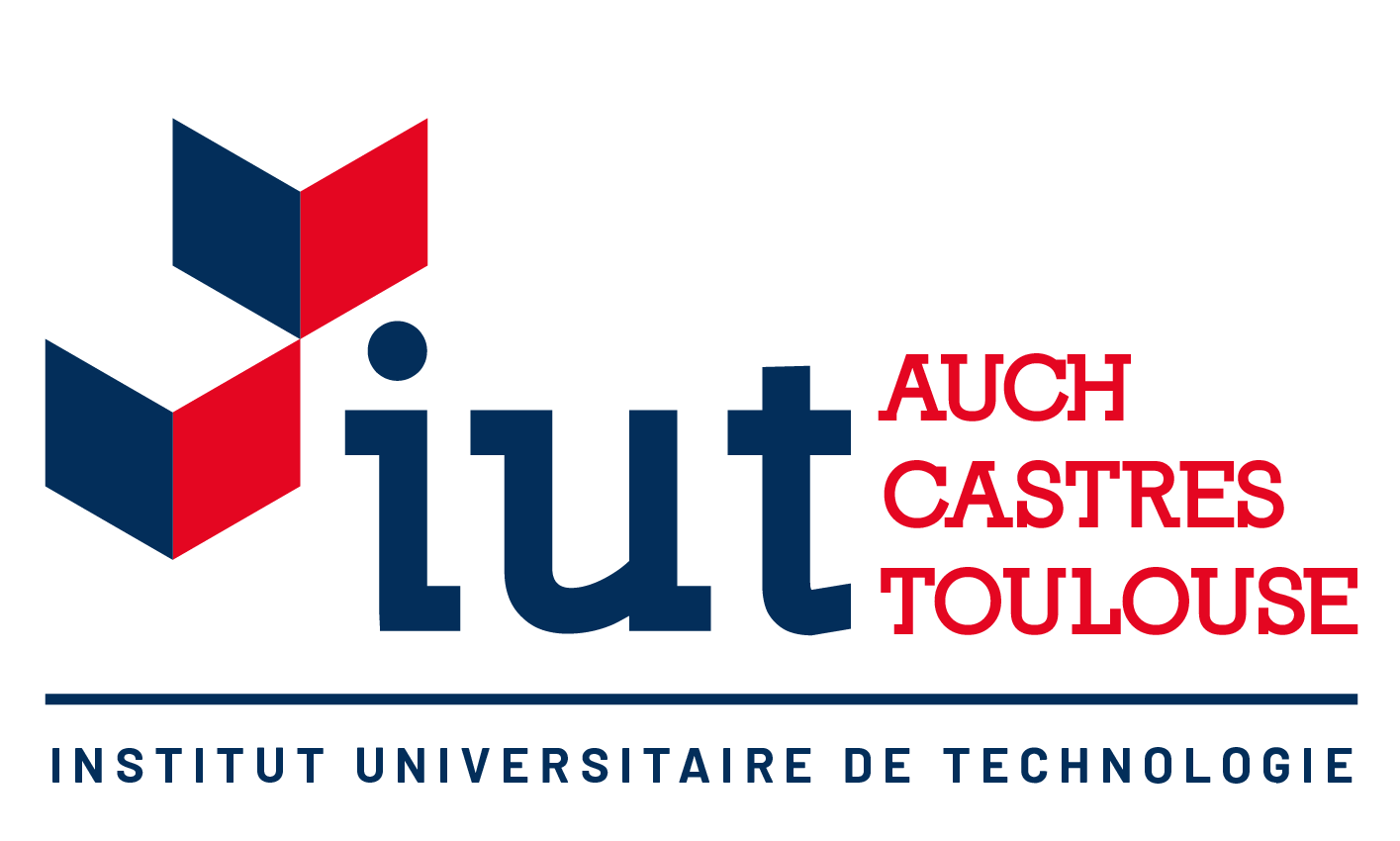CAGIRE: a wide-field NIR imager for the COLIBRI 1.3 meter robotic telescope
Résumé
The use of high energy transients such as Gamma Ray Bursts (GRBs) as probes of the distant universe relies on the close collaboration between space and ground facilities. In this context, the Sino-French mission SVOM has been designed to combine a space and a ground segment and to make the most of their synergy. On the ground, the 1.3 meter robotic telescope COLIBRI, jointly developed by France and Mexico, will quickly point the sources detected by the space hard X-ray imager ECLAIRs, in order to detect and localise their visible/NIR counterpart and alert large telescopes in minutes. COLIBRI is equipped with two visible cameras, called DDRAGO-blue and DDRAGO-red, and an infrared camera, called CAGIRE, designed for the study of high redshift GRBs candidates. Being a low-noise NIR camera mounted at the focus of an alt-azimutal robotic telescope imposes specific requirements on CAGIRE. We describe here the main characteristics of the camera: its optical, mechanical and electronics architecture, the ALFA detector, and the operation of the camera on the telescope. The instrument description is completed by three sections presenting the calibration strategy, an image simulator incorporating known detector effects, and the automatic reduction software for the ramps acquired by the detector. This paper aims at providing an overview of the instrument before its installation on the telescope.
| Origine | Fichiers produits par l'(les) auteur(s) |
|---|

